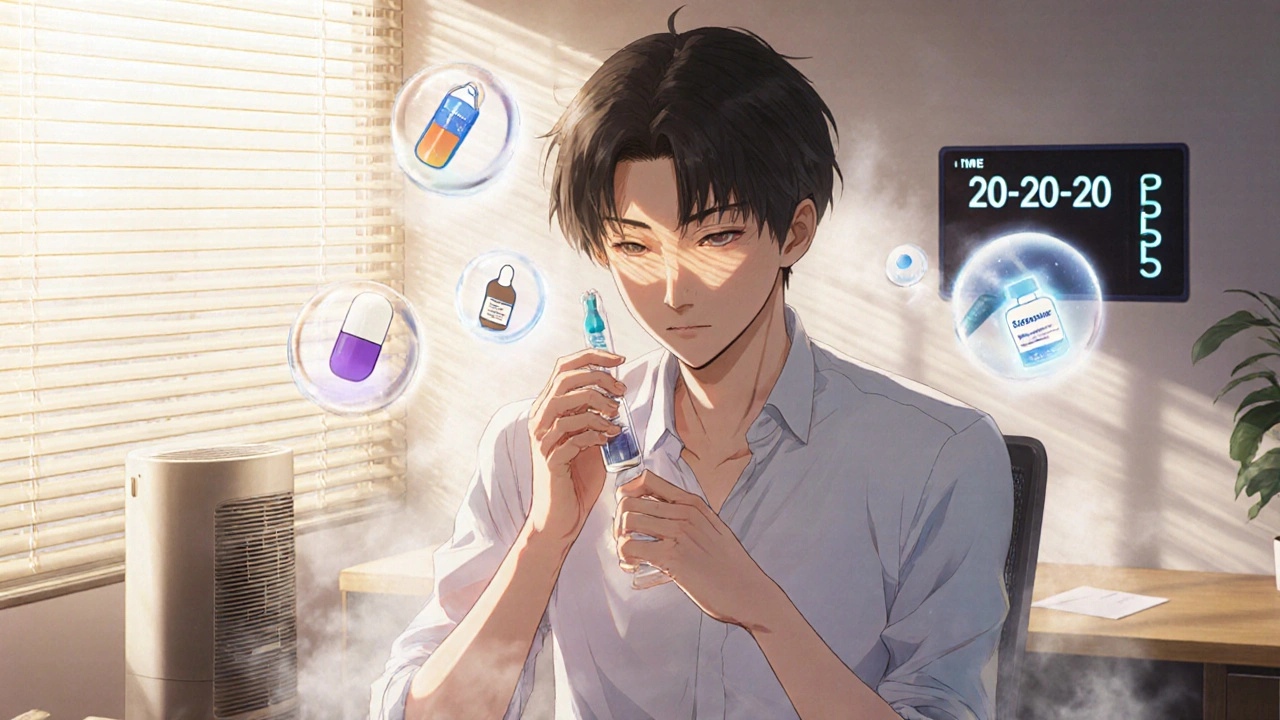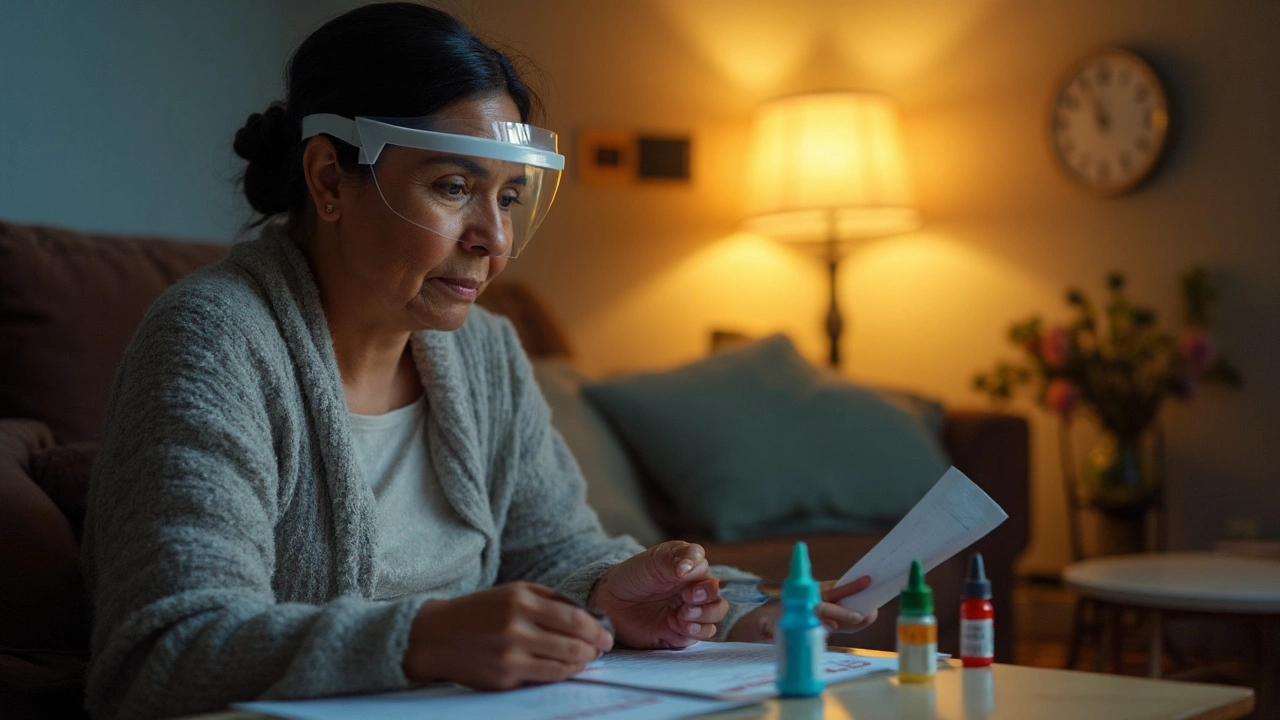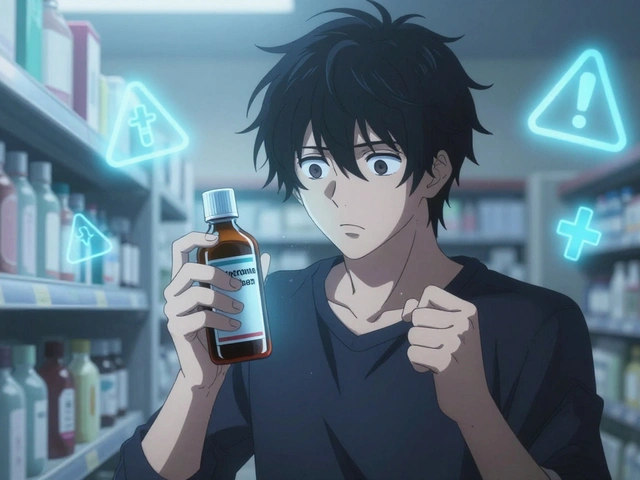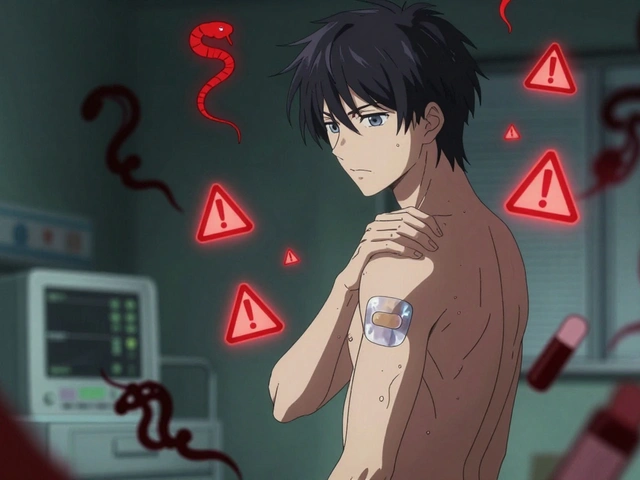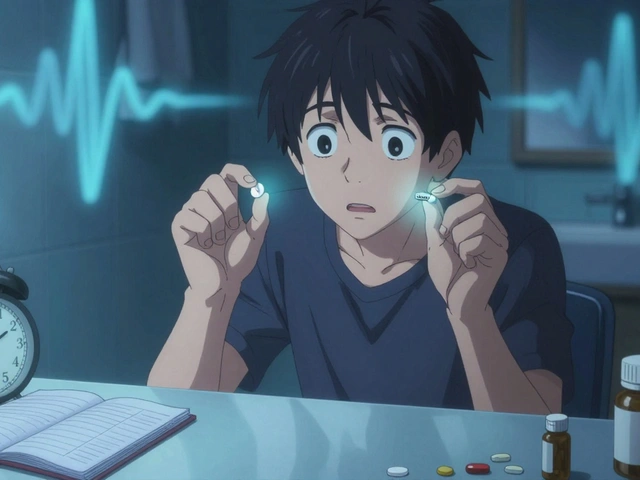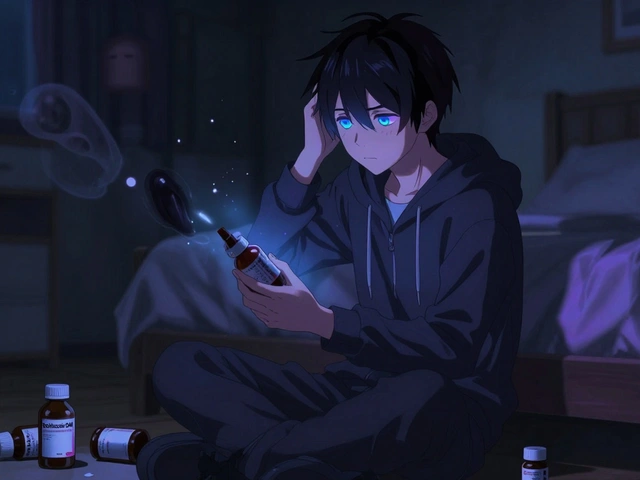Eye Health – Practical Guides for Clear Vision
Keeping your eyes in good shape doesn’t have to be a mystery. Whether you’re dealing with a gritty feeling after a dust storm or recovering from eye surgery, the right info can save you time and hassle. Below you’ll find easy‑to‑follow advice on everyday eye care and a deeper look at a specific medication that many surgeons trust: besifloxacin.
Post‑Op Eye Infections: When Besifloxacin Helps
After cataract or LASIK surgery, a tiny infection can turn a smooth recovery into a painful setback. Besifloxacin is a fluoroquinolone eye drop that many eye doctors prescribe for these early‑stage infections. It works by stopping common bacteria that like to colonize the surgical site.
The typical dosing schedule is one drop in the affected eye every two hours while you’re awake for the first 24‑48 hours, then taper to four times a day for the next week. This schedule hits the bacteria hard when they’re most vulnerable and then eases off as the eye heals.
How does it compare to other drops like moxifloxacin or tobramycin? Besifloxacin usually offers a broader coverage against resistant strains, and patients often report less stinging. That said, it’s not a universal cure; if you have a known allergy to fluoroquinolones, your doctor will pick another option.
Side effects are generally mild—temporary eye redness or a slight burning sensation. If you notice worsening pain, increasing discharge, or vision changes, call your eye surgeon right away. Early intervention can keep the infection from spreading and protect your vision.
Everyday Eye Care Basics
Even if you never need postoperative drops, a few daily habits keep your eyes comfortable. Start with a screen break: look away from your computer or phone every 20 minutes and focus on something 20 feet away for 20 seconds. This simple rule reduces eye strain and dry feeling.
Wear sunglasses that block 100 % UV rays whenever you’re outside. UV exposure speeds up cataract formation, and it can also damage the delicate blood vessels on the surface of the eye.
Stay hydrated and use over‑the‑counter artificial tears if your eyes feel gritty. A well‑balanced diet rich in omega‑3 fatty acids—think salmon, walnuts, and flaxseed—supports tear film quality.
Know the signs that need professional help: sudden flashes, a curtain‑like shadow, or a rapid loss of vision. These could signal retinal detachment or a serious infection and require immediate attention.
Finally, keep an eye‑exam schedule. Most adults benefit from a comprehensive check‑up every two years, and people over 60 should aim for yearly visits. Regular exams catch early glaucoma, macular degeneration, and other conditions before they cause lasting damage.
Whether you’re dealing with a post‑surgery infection or just want to keep your vision sharp, the right information makes a huge difference. Use the dosing guide for besifloxacin if your doctor prescribes it, and stick to the everyday habits above for a healthier pair of eyes.
Medications like antidepressants, blood pressure pills, and allergy drugs can cause dry, burning eyes. Learn how to identify the culprits, use preservative-free tears, apply warm compresses, and make lifestyle changes to find real relief.
Clear, practical guide to besifloxacin after eye surgery: when it helps, how to dose, where it fits vs moxifloxacin/tobramycin, and how to manage early post‑op infections.
